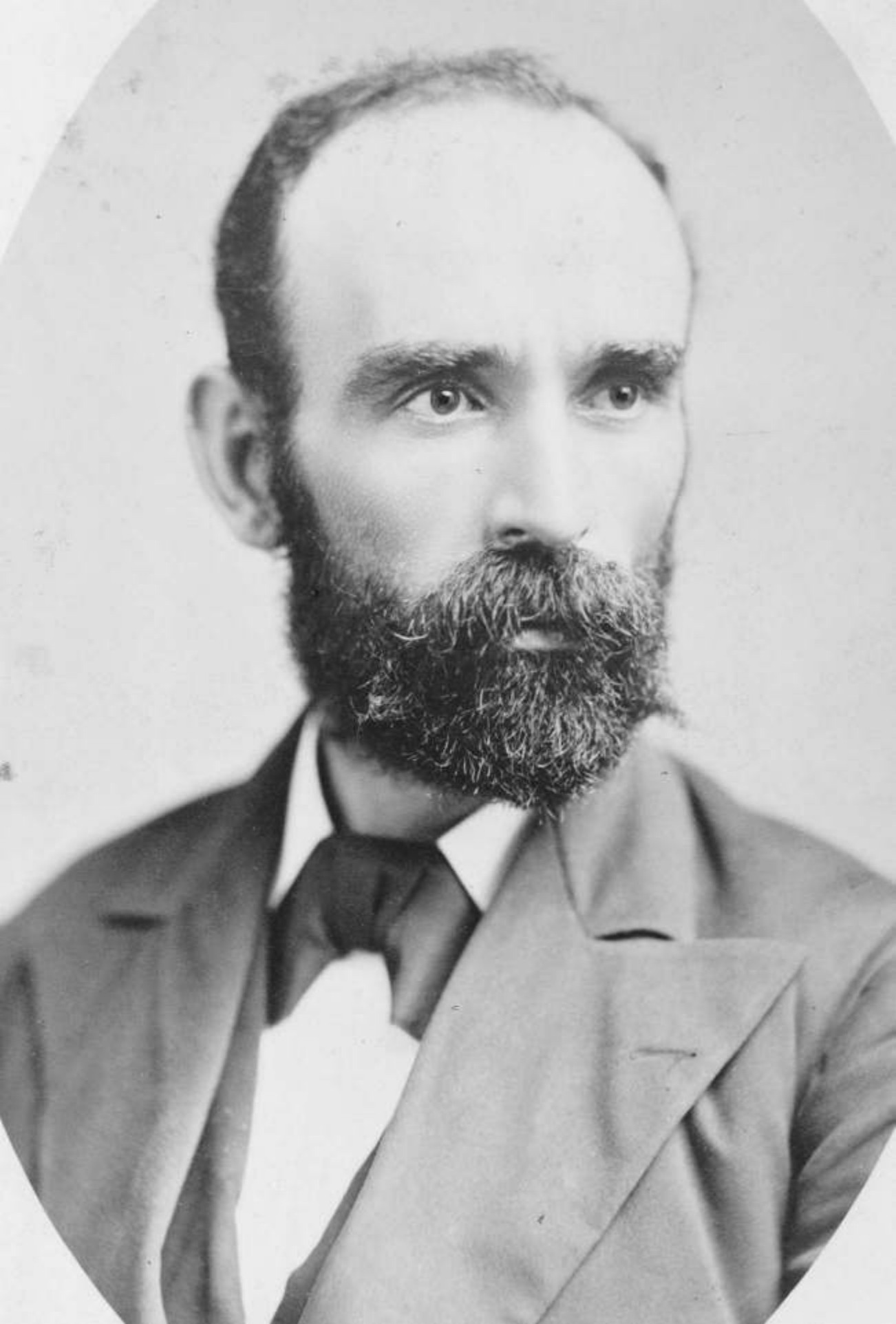
Michael Davitt c.1880
Michael Davitt was an important Irish radical, whose interests went beyond Ireland and took a varied and international dimension. Despite being born into poverty in county Mayo, in the west of Ireland, during the height of the famine, he was not an insular, provincial nationalist, even if he did possess many characteristics of an uncomplicated Irish nationalist. His most significant trait was that he was considered to be a ‘freelance radical’ – a man who embraced causes he simply believed to be right. His family were evicted from their small, subsistence holding in rural Mayo and forced to move to Lancashire in the 1850s, where Michael soon went to work in a local factory.
Following an industrial accident and the loss of his arm aged eleven, Davitt embraced the oeuvre of the local mechanic’s institute, reading Chartist literature and embracing the spirit of self-improvement and democratic fervour the movement fostered. He was acutely aware of the bitter legacy of dispossession and dislocation as a result of his family’s eviction, and this was formative for his later life as a radical; he joined the Irish Republican Brotherhood, a group that fought for Irish independence from Britain through violent insurrection, and he spent seven years in prison as a result. He returned to Ireland following his release from prison and soon bore witness to the acute poverty of small farmers living on farms of marginal land in Galway and Mayo. He helped establish the Land League in 1879. It became a massive national movement – one of the largest in Europe – that campaigned for what was known as the ‘three Fs’ – fair rent, fixity of tenure and freedom of sale. Its campaign saw the introduction of the 1881 land act that recognised these, and he became known as the ‘Father of the Land League’. This act influenced Scotland’s crofter radicals as they campaigned for something analogous that eventually bore fruit through the 1886 crofters’ act